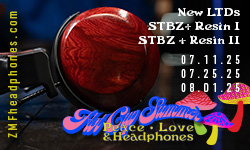-

Don't be a dotard!
Read these "rules" AND introduce
yourself before your first post - Dismiss Notice
- Dismiss Notice
On distortion measurements - an experiment
Discussion in 'Measurement Techniques Discussion' started by Serious, Apr 30, 2016.
Page 1 of 2
Page 1 of 2







